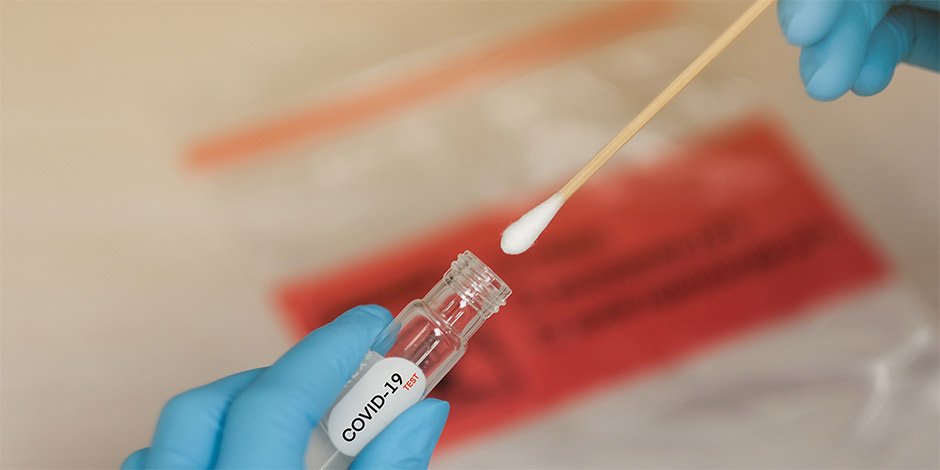City changed COVID data display over discrepancies
/City agencies have quietly taken down COVID indicators as case rates surge. Photo via DOHMH
By Rachel Vick
Last week, the Eagle reported that the city’s Department of Health quietly changed the way it was presenting COVID-19 data on its website to the public, eliminating a column that said whether indicators are increasing, decreasing or stable.
The elimination of the column, as well as the elimination of the city’s color-coded risk system, meant that New Yorkers lost two tools to assess their risk of contracting COVID-19 based on the city’s trending case numbers.
In response to requests for comment concerning the change, a Department of Health spokesperson told the Eagle that the change was made in response to slight inconsistencies in the way the site was analyzing the data — which is brought together from different sources.
Under the previous presentation of data, there were times the indicator listed trends as “stable” when DOH staff looking at the actual data saw an uptick.
DOH Spokesperson Patrick Gallahue said that despite the removal of the column, “the data continues to be displayed in a highly accessible visual format.”
“We are, however, reviewing whether to re-add the trends language to the dashboard based on feedback from constituents,” he added. “Very recent data does not always align perfectly. That said, we did want to try to ensure as much consistency as we could.”
Variations in data could be attributed to different cut off dates, backfill or reference points, like the day a test is reported from the lab or the day it is first taken, according to Gallahue.
The removal of the trend indicator on the DOH COVID tracker echoed the subtle end to the color-coded risk tracker, taken offline at the start of the month.
Queens City Councilmember Lynn Schulman, who chairs the legislative body’s health committee, said that while she wasn’t aware of the change in the way the data was presented online, she was in talks with the department over the elimination of the city’s risk system.
“The health department has to present clear and consistent data to the public so that they can take the action they need to protect themselves,” she said. “The average person isn't going to go up and look at that every day.”
“I’m keeping an eye on all of this and I want to make sure that all New Yorkers are kept healthy – that's the bottom line,” Schulman added, noting that she’s looking at ways to expand access to tests and treatment.
The Health + Hospitals Test and Trace Corps announced efforts to expand the distribution of the antiviral drug Paxlovid, leaning into the city’s focus stepping back from tracking and containing the virus and more toward treatment.
The “Test to Treat” program partners with local pharmacies to connect eligible individuals who test positive with the prescriptions they need for treatment.
“New York City may have been at the epicenter of the pandemic at the start, but now we are leading the way in prevention and mitigation,” said Mayor Eric Adams during the announcement.
Gallahue said the DOH is “analyzing the best way forward to ensure consistency and transparency,” and that the latter remains the ultimate goal.
The confusion over changes to the administration’s COVID indicators extended beyond the general public. Public Advocate Jumaane Williams recently issued a letter urging officials to reinstate the system because “living with COVID doesn’t mean ignoring it.”
He also took the opportunity to criticize the elimination of the color coded system, claiming the Adams’ administration failed to remain in compliance with their own creation and failed to increase alert levels in line with case levels.
“As cases are rising, the city must reinstate a color-coded COVID threat assessment system to better inform and guide people trying to protect themselves and their families amid an ongoing pandemic,” Williams said. “While it’s true that our tools and strategies must evolve with the virus, those methods and metrics must be clear to New Yorkers.”
Cases are surging across the five boroughs, with rates in Queens – where some neighborhoods are seeing nearly 25 percent positivity — among the highest in the city. Friday afternoon, the health department urged wearing masks inside and while in crowded outdoor areas.
Additional reporting by Jacob Kaye




